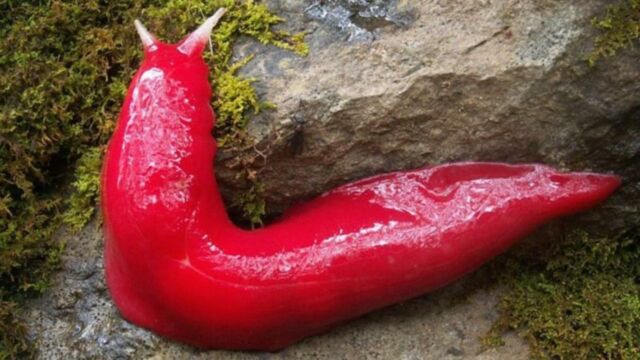Although their habitat in New South Wales has been devastated by the flames, these small slugs, which can even grow to the size of a human hand, have been spotted in excellent condition at the summit of the extinct volcano Mount Kaputar.
Discover our latest podcast
Survivors of the fiery disaster
Overall, according to what the rangers at the local national parks told the Guardian, more than 60 of these gaudy slugs have been sighted. They truly are survivors of these blazes in which more than five thousand koalas and an estimated three billion animals in total have been caught up in and died.
Hiding in crevices allowed them to survive
But how is it that these slugs managed to survive such an inferno? According to the media who interviewed a malacologist (a mollusc expert), the animals hid in crevices and stayed there until the fires died out. Despite the numerous slugs that have been spotted, almost 90% of these colourful animals have unfortunately died in the flames because they chose to shelter in tree bark.
Furthermore, according to the malacologist, these slugs are now easy prey for starved birds due to the lack of food in the area. It is estimated that the slugs may take five years to recover from the fires, but it could even take them up to 20 years which, according to Köhler, is a real cause for concern.
‘Foundation of all of our ecosystems’
Slugs and snails ‘are the foundation of all of our ecosystems. They are the foundation food source for many mammals and birds,’ explains the scientists. The park at Mount Kaputar will remain closed to visitors until 28th February.
So you will have to be patient until you can admire these pretty slugs with your own eyes. Click here to find out how you can help the people and animals in Australia from home.















